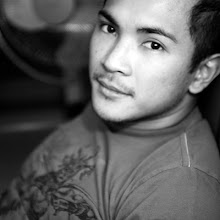Delacroix's most influential work came in 1830 with the painting which for choice of subject and technique highlights the differences between the romantic approach and the neoclassical style. Probably Delacroix's best known painting, it is an unforgettable image of Parisians, having taken up arms, marching forward under the banner of the tricolour representing liberty and freedom; Delacroix was inspired by contemporary events to invoke the romantic image of the spirit of liberty. The soldiers lying dead in the foreground offer poignant counterpoint to the symbolic female figure, who is illuminated triumphantly, as if in a spotlight.
The French government bought the painting but officials deemed its glorification of liberty too inflammatory and removed it from public view. Nonetheless, Delacroix still received many government commissions for murals and ceiling paintings. He seems to have been trying to represent the spirit and the character of the people, rather than glorify the actual event, a revolution against King Charles X which did little other than bring in a different king, Louis-Philippe, to power.
Following the Revolution of 1848 that saw the end of the reign of King Louis Philippe, Delacroix' painting, Liberty Leading the People, was finally put on display by the newly elected President, Louis Napoleon (Napoleon III.) Today, it is visible in the Louvre museum.
The boy holding a gun up on the right is sometimes thought to be an inspiration of the Gavroche character in Victor Hugo's 1862 novel, Les Misrables.
British alternative rock band Coldplay used the painting as the cover for their album Viva la Vida or Death and All His Friends.





0 comments:
Post a Comment